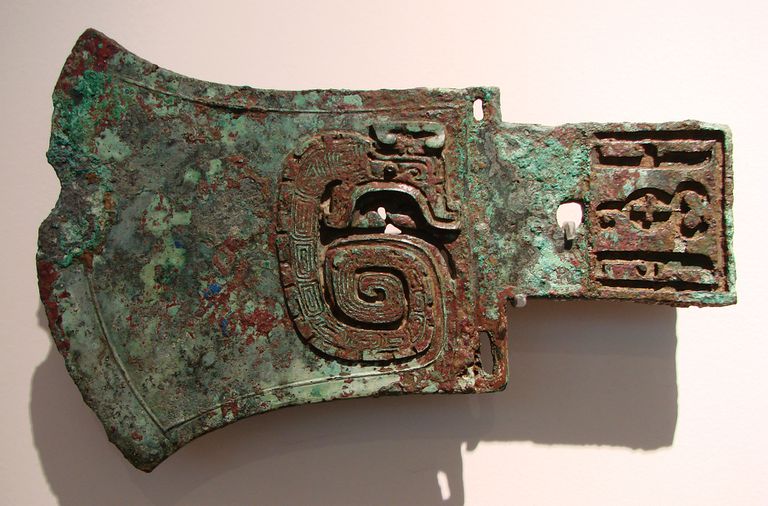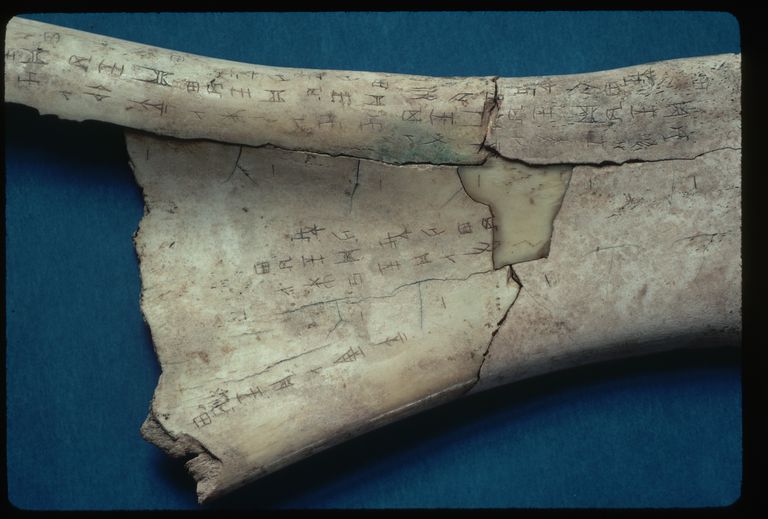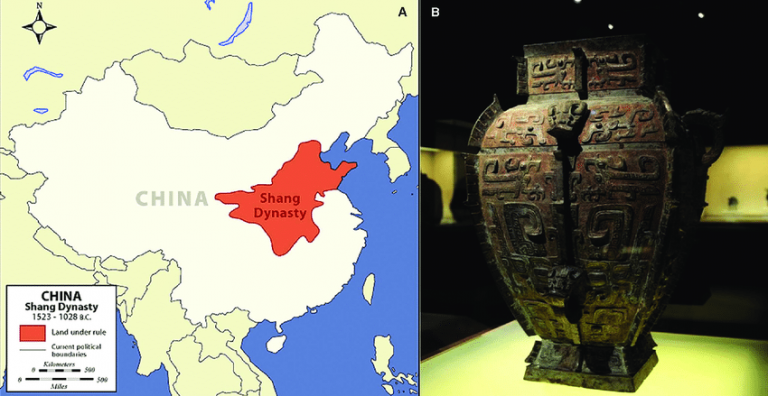The culture of the South of the early Shang Dynasty
2 min readTattooing as a cultural trait survived among many indigenous tribes south of the Yangtze River in early China. The first century B.C. historian, Ssu-ma Chien, made it known that the native people of Chekiang, whose culture the uncles of the founder of the Chou dynasty adopted, practiced tattooing.In the classic Li Chi there occurs this general statement:”The Easterners are called I; they let their hair loose, and tattoo their bodies.

On the basis of this statement, it seems to be justifiable to identify the Hsiao-t’ un torso with the squatting Eastern I; however, additional evidence is needed to show that the tattooing patterns found on the torso of Hsiao-t’ un were evolved from a prehistorical prototype before such identification can be confirmed. The southern origin of this particular custom is probably indisputable, as many of the aboriginal tribes south of the Yangtze River are still tattooing their bodies.

This leads us to another aspect of the culture of the Shang dynasty as a whole. How large a portion of its total content may be considered asrelated to the south or of southern origin? Twenty years ago,I stated in the Preliminary Reports of Excavations at Anyang that the shouldered celts, tin ingots, rice, elephants, and buffalo were all apparently related to the south.10 As the matter stands now, and after twenty years of discussion and reflection, it seems proper that the case should be restated. Rice was cultivated in northern Honan as early as the Yangshao time; however, no domesticated buffalo were discovered contemporaneous with this cultivation.In the Shang time, on the other hand, according to recent interpretation of some passages in the oracle bone inscriptions, not only was there rice cultivation but the fields were actually ploughed, and the ploughs were drawn by domesticated buffalo. The character for rice was identified in the oracle bone inscriptions. In this connection it might be fitting to quote the authentic opinion of the authors of “On the Mammalian Remains from the Archaeological Site of Anyang”In a note at the end of their report, they said:”The discoveries from western Honan, northern Shantung, and eastern Szechwan support the idea that in Anyang, Bubalus
mephistopheles represents an old indigenous type(artificially prolonged by domestication)rather than an imported foreign form.So it would seem that,although the rice cultivation may have originated in the south,it may have been improved and further developed in the Yellow River basin.The statistical study of the faunistic remains of Hsiao-t’un by C.C.Young shows that Bubalus mephistopheles is one of the three mammals that ranked highest numerically in our collection,the individual specimens exceeding 1,000 in number.Yet buffalo were never used for sacrificial purposes;in the sacrificial pits,only Bos exiguus was found.









